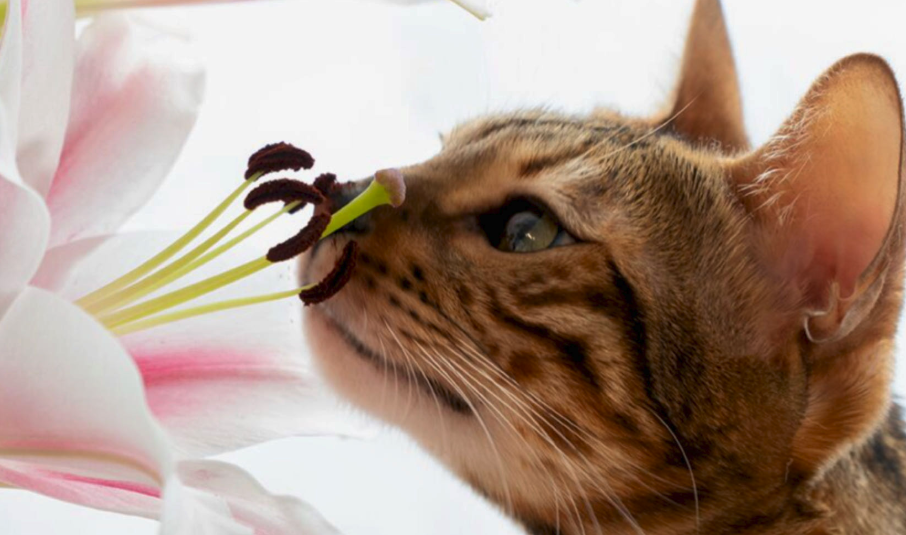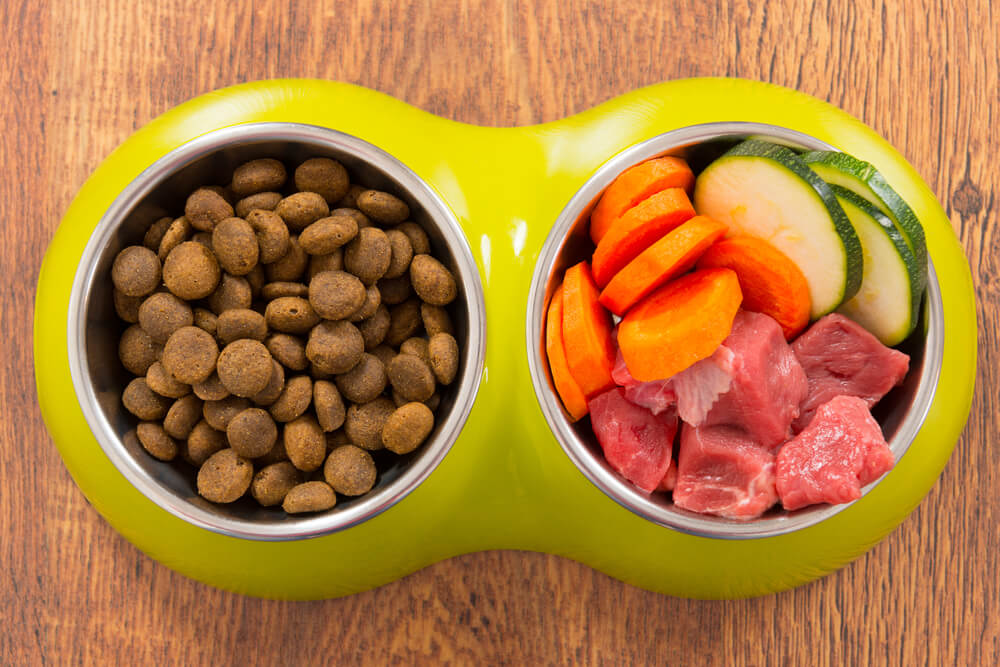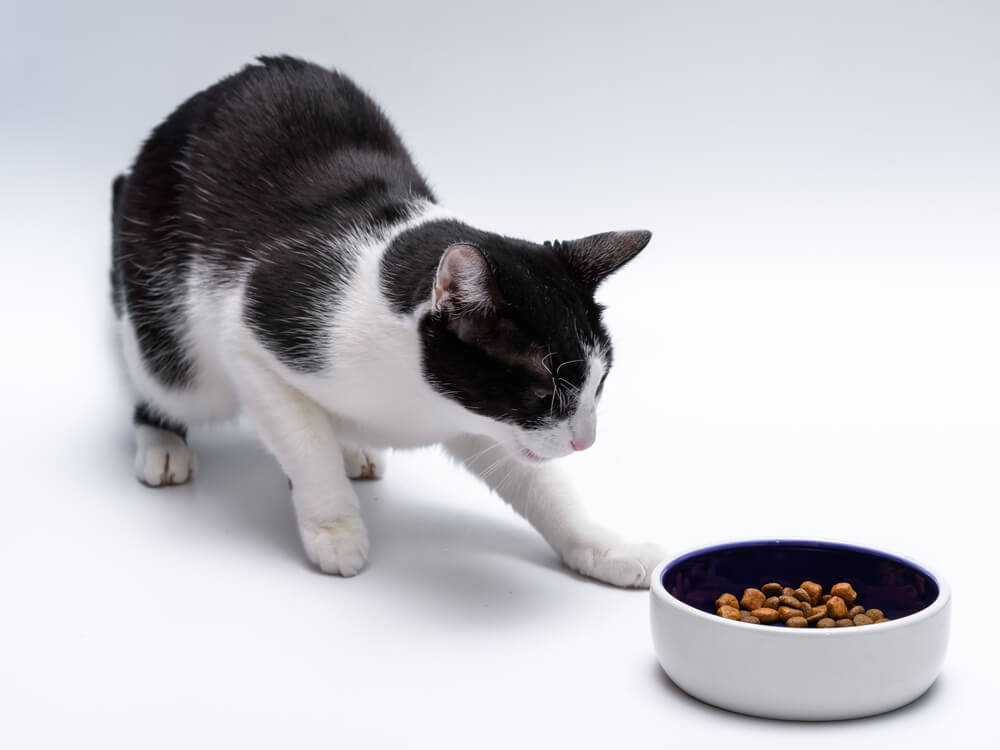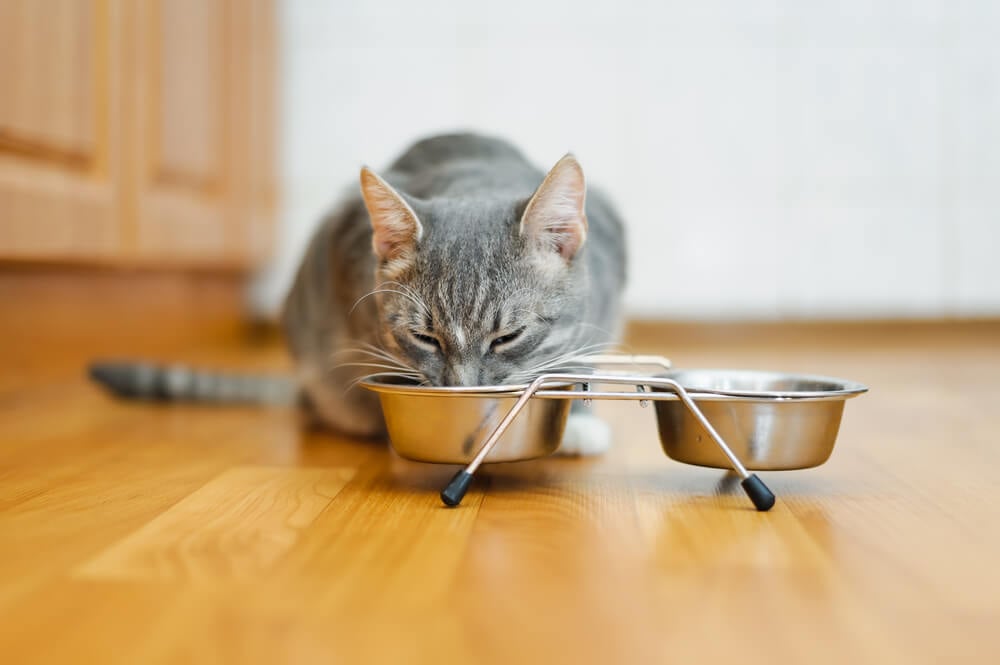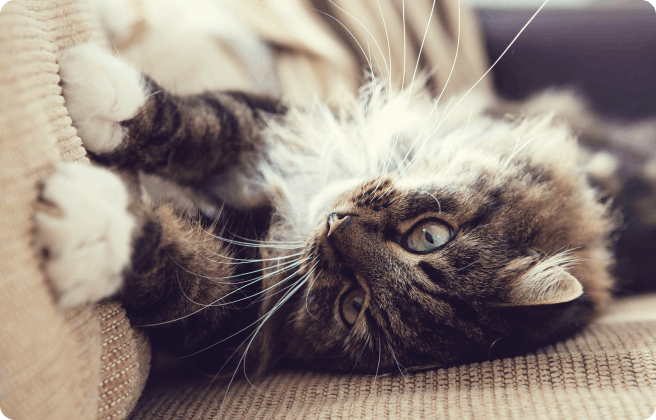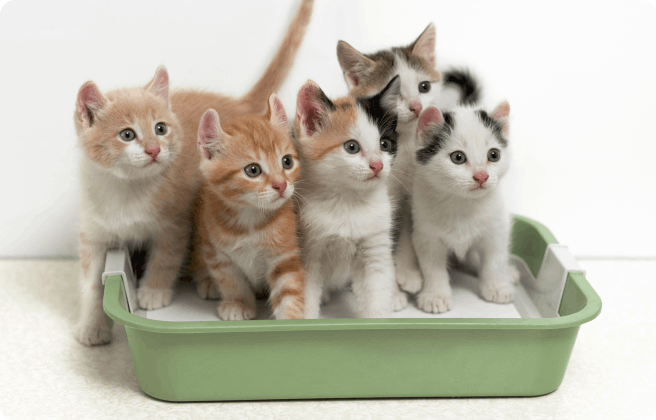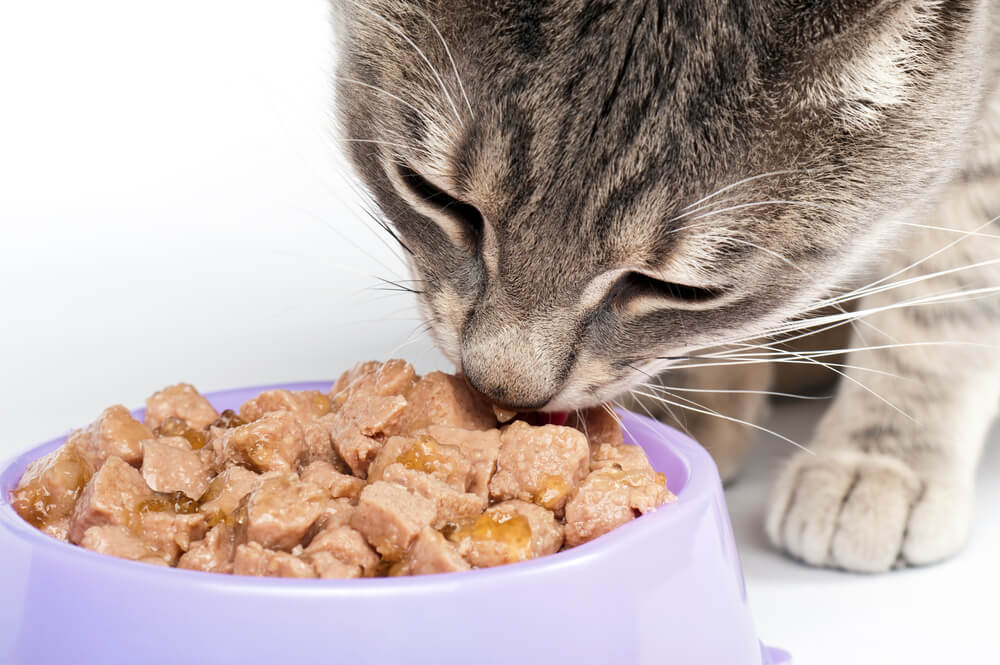
The answer is quite literally what it says on the tin. If your cat food label includes the phrase “complete and balanced,” then the product is intended to be fed as a pet’s sole diet and should be nutritionally balanced.
“Complete” refers to the food containing all the necessary nutrients, while “balanced” indicates that these nutrients are present in the correct proportions.
In most cases, cats are fed the same meal day after day (with the occasional treat or human spill). That’s why it is critical to select foods that combine the various ingredients in the right proportion.
The role of AAFCO and the FDA
Selecting the correct cat food can be a minefield. However, an easy method to ensure your feline is getting all the nutrients they need is to purchase foods that have an Association of American Feed Control Officials (AAFCO) statement of nutritional adequacy on their labels.
Dog and cat food standards in the U.S. are created by the Association of American Feed Control Officials (AAFCO) and the U.S. Food and Drug Administration (FDA). Both organizations are made up of experts who review nutritional information for pets and suggest the essential nutrient levels for each life stage to ensure safe and healthy diets.
Basic minimum nutritional requirements for cats have been established by the Feline Nutrition Expert (FNE) Subcommittee of the Association of American Feed Control Officials (AAFCO), and manufacturers use these standards in producing cat foods.
This makes the process a little less stressful because at least you know which foods are filled with the nutritional essentials for a healthy cat diet.
Essential vs non essential nutrients
Much like the human diet, when it comes to pet nutrition, there are two main categories of nutrients: essential and non-essential.
Non-essential nutrients are those that the pet can produce within its body and can be absorbed by food.
Essential nutrients are those that pets need daily to maintain a healthy life. These nutrients are specified in the AAFCO Cat Nutrient Profiles. Essential nutrients fall into six categories:
- Protein
- Fat
- Carbohydrate
- Vitamin
- Mineral
- Water
Cats evolved as hunters who consume prey with high amounts of protein, moderate amounts of fat, and a minimal amount of carbohydrates, and their diet still requires these general proportions today. Cats also require other nutrients, including vitamins, minerals, fatty acids, and amino acids which they should be getting in their cat food.
These ingredients are required to be listed in descending order of inclusion under a section titled “ingredient listing,” which is usually found on the back or side panel of the cat food package. The names of the ingredients listed follow terms used by the FDA and AAFCO in their regulatory rules and guidelines.
Customized for different life stages
For pet food to be considered complete and balanced, it must meet the minimum nutrient levels specified for the pet’s claimed life stage at the time of feeding.
Cat life stages include:
- Gestation/Lactation
- Growth
- Maintenance
- All life stages
The nutritional claim on the cat food label should state the stage of a cat’s life cycle for which the food is complete and balanced, and that it meets the requirements of the AAFCO.
This is because each stage has its own unique nutritional requirements. For instance, since kittens are in the growth stage, they require different levels of vitamins and minerals compared to an adult cat. The same applies to pregnant cats, you might need to feed your cat mum higher levels of protein and calories to meet her additional requirements. Therefore, you’ll need to check the labels accordingly.
If you’re ever unsure of the correct amount of food to serve your cat, your vet will be able to offer professional guidance on the topic.
Feeding directions
Once you’ve selected the right pet food, it’s important that your cat is eating the correct amount. Keep an eye on your four-legged friend because if they aren’t eating enough or eating too much, they might not be receiving a complete and balanced diet.
Some cat foods will provide text instructions on the label, others will provide feeding tablets. If you have purchased food suitable for “all life stages,” it should have different feeding directions for the above stages outlined. It’s important to keep an eye on your cat, if you notice a few extra pounds or a loss of weight, your cat may be getting too much or too little food and its intake should be adjusted accordingly. It might be an idea to consult with your vet on the feeding directions for your cat’s condition because just like humans, they are all unique.
Treat intake
Much like human treats, cat treats are usually not complete and balanced. They are meant for rewarding your clever cat or as a delicious snack. It’s important to limit treats to less than 10% of your cat’s daily calorie intake, so that you don’t unbalance their overall diet.
The AAFCO Model Pet Food Regulations acknowledge the intended purpose of treat products, exempting pet treats from meeting standard nutritional adequacy requirements as long as the packaging prominently features the terms “snack” or “treat” on its primary display panel.
Therefore, it’s up to responsible cat parents to regulate treat intake to ensure all cats are happily balanced.
The label check
Choosing the correct cat food can sometimes feel stressful. You want to ensure your furry friend is getting all the necessary nutrients, vitamins, and minerals to live its best life.
Next time you find yourself in the cat food aisle, take a moment to inspect the labels of the products you’re considering. Ensure that the pet food you choose proudly claims to be “complete and balanced” as well as being suitable for your cat type.
By understanding what this label means, you can make informed choices about your pet’s nutrition.
We uphold the highest editorial standards when creating the authoritative content pet parents rely on and trust.
Every piece of clinical content on the Cat Food Advisor is reviewed by our certified Veterinary Advisory Board, which consists of licensed veterinarians and medically certified specialists.
Our reviews are completely independent; we are not paid by any pet food company to promote their products favorably. We do not accept money, gifts, samples or other incentives in exchange for special consideration. For more information see our Disclaimer & Disclosure page.




